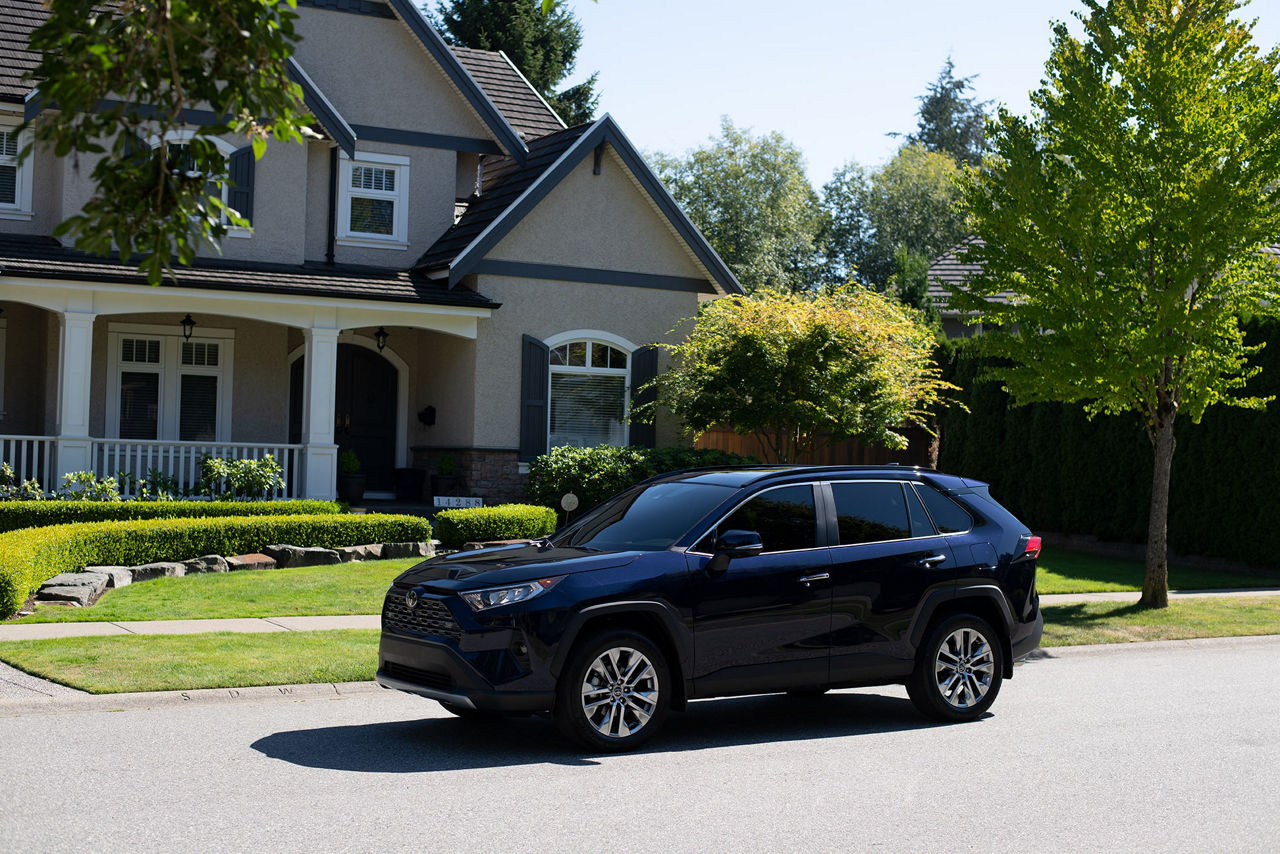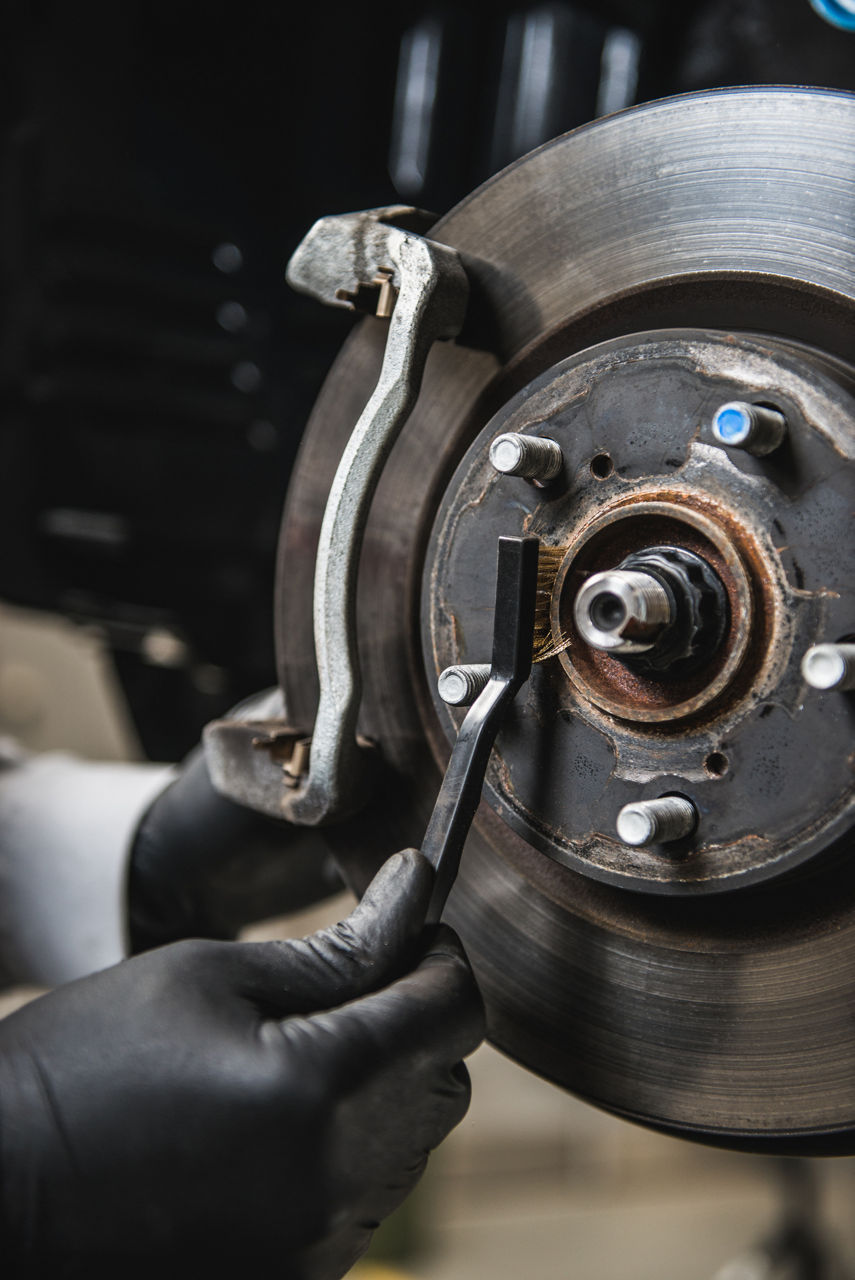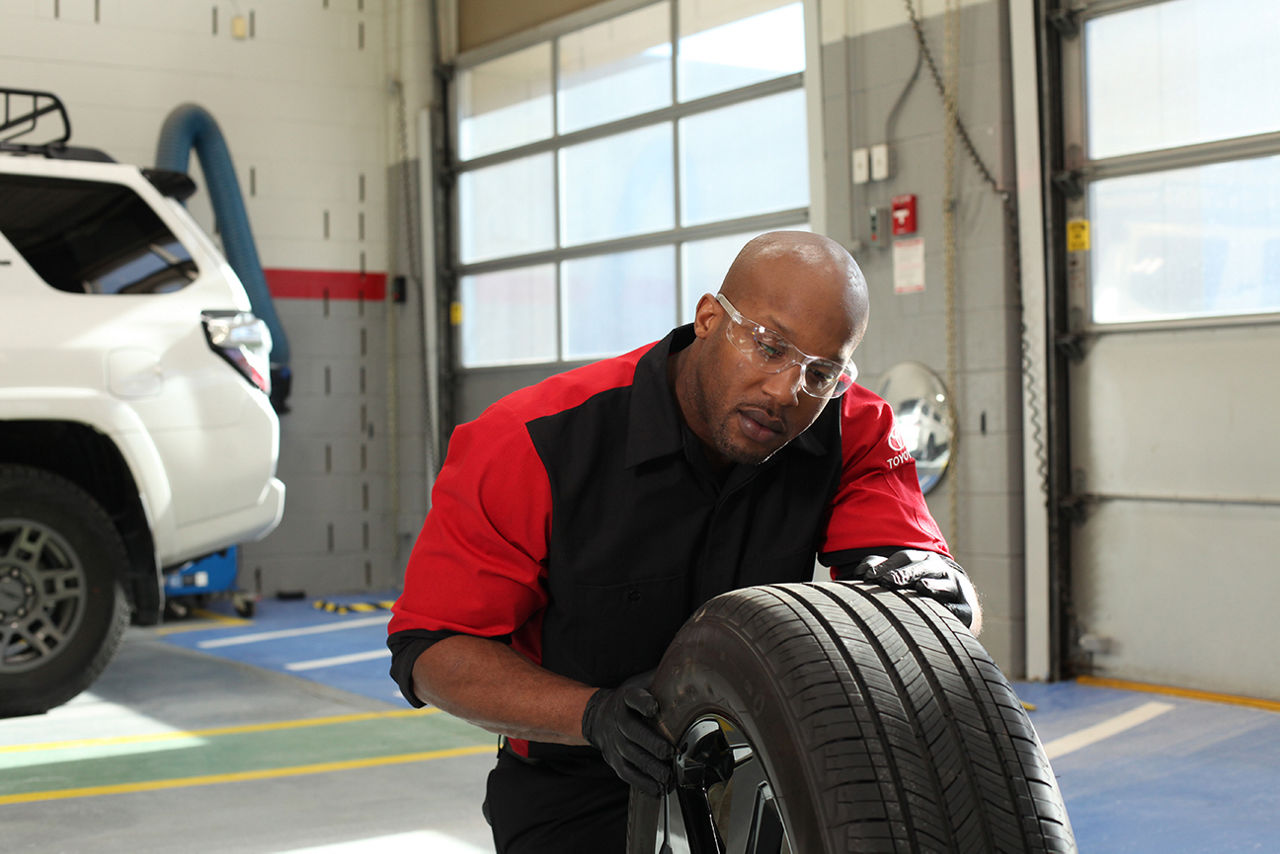Select a province & language
Entrance to this website assumes you have read and agree to these Legal Terms and Conditions and the Privacy Policy.
Entrance to this website assumes you have read and agree to these Legal Terms and Conditions and the Privacy Policy.

Over the last year, a lot of us have been driving less. Way less.
Our vehicles have been sitting idle for long periods. The warmer weather means we can start getting out more often, and it’s easy to assume your vehicle is ready to go. You’ve barely driven it, right?
But the fact is, your vehicle is made to be driven. And many things can occur just from the passage of time.
Here are some quick maintenance tips to help you make sure you’re good to go.

After so many months of sitting through a Canadian winter, it’s pretty much guaranteed that unused brakes will develop a thin layer rust. So it’s good to take your car for a drive every once in a while, and gently blip your brakes a couple of times. This will wear off that small amount of rust. Of course, if you hear a weird noise, or a scraping sound that won’t go away, it’s a good idea to get your brakes looked at by a certified expert like your Toyota University Trained Technician.
One of the more likely problems with vehicles that sit idle for long periods is that the battery may lose charge. That’s even more true with more recent models that are equipped with electronic features like onboard infotainment and wireless security systems. Even with the engine turned off, certain functions will continue to draw power from your battery.
To keep your Toyota battery charged, it’s a good idea to take your vehicle for a 20 minute drive about once a week.
Even with no use at all, the rubber on tires degrades over time. Plus, by sitting in one spot for so long, the part of your tire contacting the pavement is literally flat. That can lead to a flat spot on your tires even once you start driving, affecting handling and traction.
It’s also a safe bet that your tires will have deflated somewhat. Even in the best circumstances, tires lose pressure at a rate of 1-3 psi per month. You can be sure that your tires will need inflating after this long layoff. It’s a good idea to check your tire pressure before getting out there. Check the information on the inside of your car’s driver-side door to see the recommended tire pressure for your vehicle.
You can minimize these issues with a short drive every week. But it’s still a good idea to get your tires checked out by a trained technician. This is especially true if you haven’t switched your winter tires to all-season tires yet.

Automotive gasoline isn’t just a simple liquid. It’s a complex mix of petroleum distillates and additives, some of which can completely evaporate over the course of several months.
It’s another reason to take your car out for a quick drive every week.
If you are going to leave your vehicle idle for a long time, store it with a full tank of gas. The less air in your tank, the less chance of evaporation, as well as the chance of moisture getting into your fuel.
Oil also breaks down over time. This can lead to residue buildup inside your engine. Even if your vehicle hasn’t driven a single kilometre, the oil in your Toyota can degrade. A quick check by a Toyota University trained Technician can tell if you need an oil change.
People outside the city already know this situation well - a car sitting for a while can quickly become a home for squirrels, mice, and other rodents. Those little creatures love to bring straw, grass, or anything else they can find in with them, which can really interfere with your vehicle running smoothly. So a quick peek under the hood could save you problems down the road.
While it’s true that your vehicle needs attention before getting back to your driving ways, the good news is it just takes a couple of minutes to take care of it.
It’s important to note that even though you haven’t logged many kilometres, your vehicle still needs regular inspections and maintenance from expert technicians. Follow your maintenance schedule and make sure you are servicing your Toyota every 6 months or 8,000 km. Rediscover the country safe in the knowledge that your vehicle is ready to go the distance.